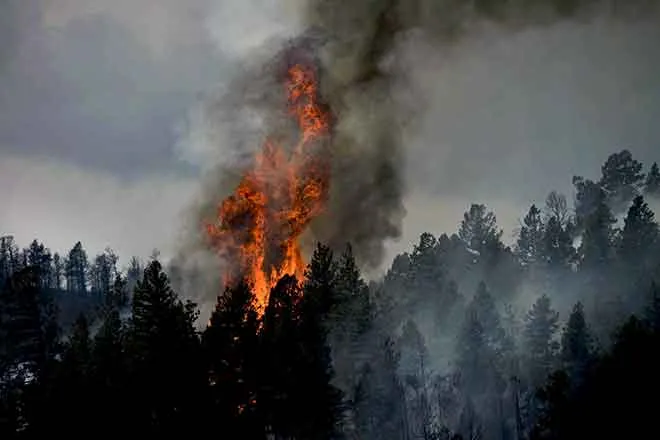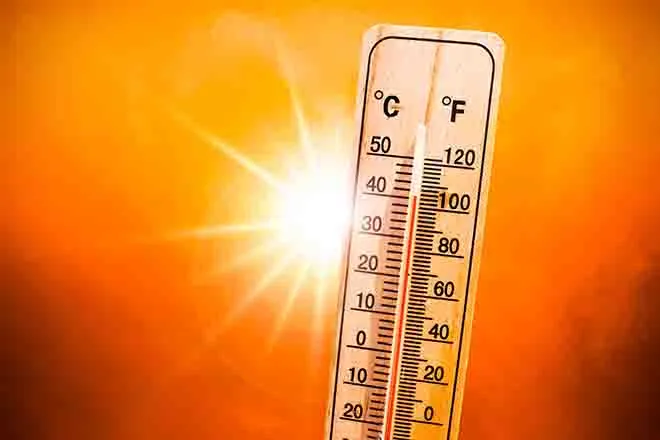
Warming up to Cold Weather Safety
Frostbite and hypothermia are cold-related emergencies that may quickly become life or limb threatening. Preventing cold-related emergencies can be as simple as not starting an activity in, on or around cold water unless you know you can get help quickly in an emergency.
Cold Weather Basics
- Be aware of the wind chill. Cover exposed skin.
- Dress appropriately and avoid staying in the cold too long.
- Wear a hat and gloves when appropriate with layers of clothing.
- Drink plenty of warm fluids or warm water but avoid caffeine and alcohol.
- Stay active to maintain body heat.
- Take frequent breaks from the cold.
- Avoid unnecessary exposure of any part of the body to the cold.
- Get out of the cold immediately if the signs of hypothermia or frostbite appear.
Frostbite Facts
Frostbite occurs when extreme cold causes localized damage to skin and other tissues. Essentially, the fluid in the cells of the skin and other tissues freeze, which can form clots in blood vessels, and reduce the supply of oxygen to tissues. Frostnip refers to the initial stages of frostbite. Cold injury refers to several conditions caused by extreme cold, such as frostnip, chilblains, frostbite, hypothermia, and trench foot. If temperatures drop to freezing, the blood vessels close to exposed skin start to narrow (constrict) in an attempt to keep the core of the body warm.
When it is very cold, or exposure to cold is prolonged, blood flow to some parts of the body, for example the fingers and hands, can drop to dangerously low levels - lack of oxygen-rich blood to the affected area(s) can lead to tissue cell death.
Signals of frostbite include a lack of feeling in the affected area; skin that appears waxy, is cold to the touch, or is discolored (flushed, white or gray, yellow or blue).
What to do for Frostbite
- Move the person to a warm place.
- Handle the area gently; never rub the affected area.
- Warm the victim by gently soaking the affected area in warm water (100–105 degrees F) until it appears red and feels warm.
- Loosely bandage the area with dry, sterile dressings. If the person’s fingers or toes are frostbitten, place dry, sterile gauze between them to keep them separated.
- Avoid breaking any blisters.
- Do not allow the affected area to refreeze.
- Seek professional medical care as soon as possible.
About Hypothermia
Hypothermia is another cold-related emergency. Hypothermia may quickly become life threatening. Hypothermia is caused by the cooling of the body due to failure of the body’s warming system. The goals of first aid are to restore normal body temperature and to care for any conditions while waiting for Emergency Medical Services personnel.
Signals of hypothermia include: shivering, numbness, glassy stare, apathy, weakness, impaired judgment and loss of consciousness.
What to do for Hypothermia
- CALL 9-1-1 or the local emergency number.
- Gently move the person to a warm place.
- Monitor breathing and circulation.
- Give rescue breathing and CPR if needed.
- Remove any wet clothing and dry the person.
- Warm the person slowly by wrapping them in blankets or by dressing them in dry clothing.
- Hot water bottles and chemical hot packs may be used when first wrapped in a towel or blanket before applying.
- Do not warm the person too quickly, which could happen if immersed in warm water.
- Rapid warming may cause dangerous heart arrhythmias.
- Warm the core first (trunk, abdomen), not the extremities (hands, feet).
- This is important because most people will try to warm hands and feet first and that can cause shock.
Information Sources














